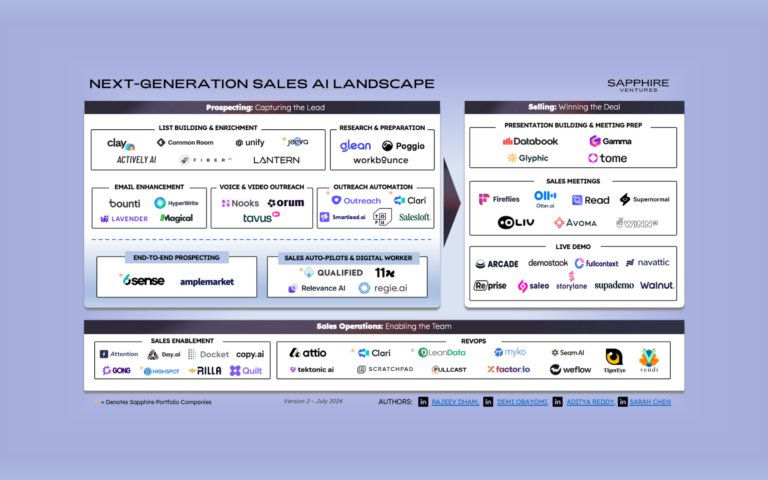For revenue leaders, I believe having a strong, data-driven pulse on the health of your business has always been paramount to a company’s success. It can drive intelligent investment decisions, helps set expectations internally and externally, and in times of adversity can enable you to pivot quickly based on what the data is telling you.
Now more than ever, running a data-driven business has become table stakes for many companies looking to thrive in this increasingly competitive environment. Oftentimes, mid to late stage startup CROs fall into the trap of KPI proliferation. In other words, they tend to overcomplicate what and how many metrics matter, leading to false precision and poor decisions.
To help today’s CROs and revenue teams align on how to unlock their data strategy and align on the KPIs that matter most, I’ve put together a quick playbook on where companies can focus and how to begin.
This will be a two part blog post, starting with the ‘framework’ that I would have any revenue leader implement before diving too deep into KPIs, followed up with the ‘KPIs that matter’ the most when managing your revenue engine.
The Framework
In my opinion, far too much time is spent trying to find the next ‘golden’ KPI and far too little on how to use what’s in place already to its greatest potential. With that in mind, when building out your data strategy and approach, there are four major tenants to be mindful of to reflect my beliefs:
- Levels and Dimensions: Not everyone needs access to everything. Be sure to define what metrics matter to your C-suite, your revenue leadership team and execution team (think director level and below). Each of these ‘personas’ have a different objective with the data, being clear from day one ensures you have the right people accountable for the right set of information.
- SMART Goals: If you don’t have targets against your KPIs, then you’re just reporting the news versus managing to it. When you start, Y/Y and Q/Q growth is a great method to measure progress. Over time, however, you will want to develop SMART goals for your KPIs. SMART stands for:
- Specific
- Measurable
- Achievable
- Relevant
- Time-based
- Directly Responsible Individuals (DRIs): Metrics are only meaningful if you have accountability and owners who will monitor and act against them. For every KPI defined as business critical, be sure to have a DRI tasked against it. This person isn’t the sole individual focused on the KPI, but rather the one responsible to galvanize teams, escalate blockers when needed and be ready with insights and learnings against the KPIs that matter.
- Data Governance & Stewardship: It’s nearly impossible to unlock data at scale without a foundation of data governance and stewardship in place. At the highest level, governance teams develop the policies, procedures and processes to manage accurate data. Stewards are foundational to maintaining and enforcing these standards, ensuring that you will always have the highest quality data to run your business off of. Without this, you end up in a ‘bring your own data’ culture, which leads to more time spent debating the accuracy of your data, rather than deriving meaning and decisions from it.
Before we get into KPIs to measure, ask yourself how much of the framework and best practices listed above exist in your organization today, and what it would take to introduce these common sense practices.
They can be your superpower to becoming a data driven organization, and helping scale your business.
Check out part two of this “Metrics that Matter” series.



